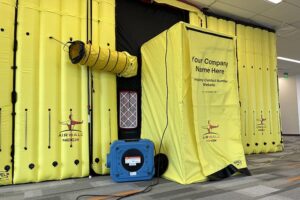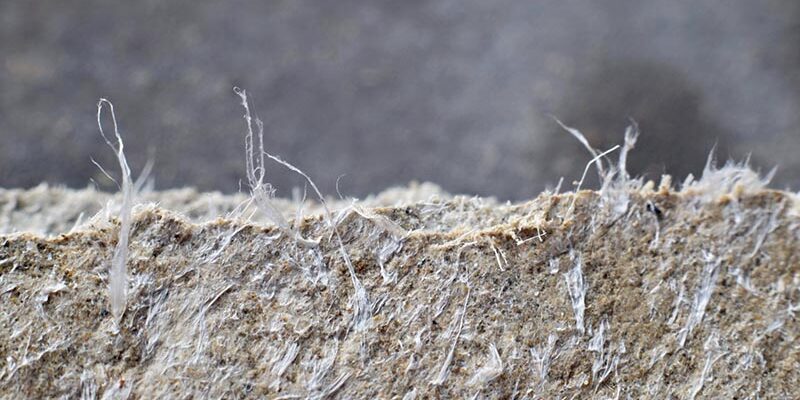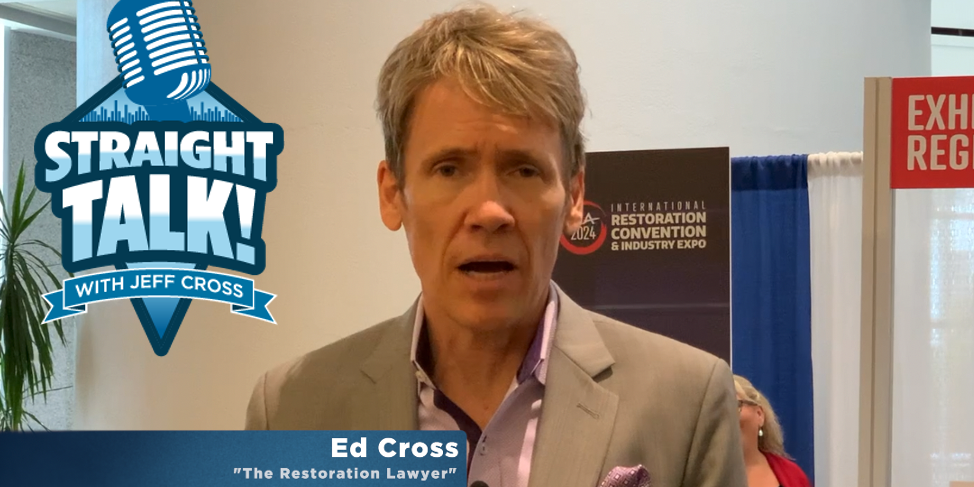The Remediation ‘Doctor’ Is in the House

By Mark Cornelius, Keith Gangitano, Michael Pinto
It’s time to go to the doctor. The doctor that we all want is someone that has seen our condition hundreds, maybe even thousands of times. We need to believe that our doctor has seen our condition so many times that they’ll know exactly what to do about it.
Restoration and remediation are not that different from medical practice. As a contractor, you need to remind yourself of this and think of yourself as a doctor. You must remember that, just like a cancer diagnosis, this mold job is likely this person’s first mold loss, and they’re scared, sad, frustrated, and probably a little grumpy. Or even worse, this isn’t their first mold job, and they have experienced a few worst-case scenarios.
Now they are completely terrified, angry, and ready for battle. What they need more than anything from you and your team at this time is competence and compassion. They need to know that you truly understand their unique situation and that you absolutely have this in hand.
This is not a democracy; it’s a benevolent dictatorship.
Now is when you take control of the situation. Doctors don’t ask their patients what kind of medicine they would like or how they would like their disease to be treated. In fact, when you think about it, the medical field, in general, is all about control; it’s about imposing order on chaos. From janitorial services that keep the hospital hygienic to telling all of us where to enter, where to go (with excellent signage), what to eat, where to sit, and who we talk to and when, it is all about control.
As the contractor/expert, you should do exactly the same. You shouldn’t defer to the homeowner or the adjuster; you are the expert. You have the training, the certifications, the experience, and the assets, both in people and equipment. More importantly, if things go wrong, nobody blames the homeowner or the adjuster; they blame you, so you get to call the shots.
That being said, there is a way to exert that control without appearing belligerent, callous, or arrogant. If you attempt to wrestle it away, even if doing so gives you the control you need to do the job right, you could still find yourself fighting throughout the project, getting your bill cut, or even getting sued.
To control correctly means to lead, and effective leaders are chosen by those they lead. Gaining that leadership role is a simple two-step process, with a little added zhuzh.
First, you must observe, evaluate, and listen. Do your best to understand not just the scope of work, but the limitations you might encounter. Take the time to understand the story of the individuals affected; there is always a story.
Second, move slowly with purpose and care. The client might be ready to start, but will an extra five minutes or even five hours make a measurable difference? Moving too fast often leads to mistakes that must later be fixed. It can even lead to broken equipment or injuries.
Remember, slow is smooth, and smooth is fast. A constant, purposeful, linear movement where every step is intentional and deliberate is calming. It says to everyone that you’re a professional, know exactly what you’re doing, and won’t be rushed. Rushing says that you might not have total control of the situation or might even be afraid. It could also give someone the impression that you are doing a “rush” job, that they are just one of many clients you plan to fleece that day, and that they are not worthy of your best work.
And that zhuzh that was mentioned—that’s the communication. It can be the most annoying necessity for many contractors and crews, but those soft skills can completely change how you interact with other interested parties. If you communicate more than you think is necessary, you’re probably still not communicating quite enough.
You have the control; now use it.
In the world of remediation, one technique, in particular, communicates control like no other. We know it as containment. It clearly says to the world that up to this point, you are safe and all’s right with the world as you know it, but beyond this point all hell has broken loose, and as is said in Lord of the Rings, “You shall not pass.”
There are just three different recognized levels of effective containment, while there are countless examples of containment theater. Your job as a contractor is to know the difference and how to effectively execute the appropriate containment for the situation. Once you have decided on the suitable containment for the job, it is up to you and your crew to make that containment perform.
Containment is, first and foremost, about preventing cross-contamination. In the case of source containment, the process is fairly straightforward: encapsulate and remove.
Regarding local containment, things get a little more interesting. This requires the entire process to take place within a window dictated by biology. In other words, the job must be completed before the crew needs to eat, drink, cool down, or use the restroom.
Then we have full containment, which should be the majority of most remediators’ practice. However, it is the least utilized due to its complex build designs, intense consumption of single-use materials, and labor component, both in terms of pure man-hours and the cost of labor, as well as the need for qualified personnel to execute a successful build.
Full containment, when done properly, is incredibly effective but requires extraordinary attention to detail. It must be well constructed, which we went into extensively in the previous article in this series, and it needs to be used correctly. As a tool, it has a right way and a thousand wrong ways to use it. Have you ever tried to put a screw in with a hammer or turn a hex nut with a regular pair of pliers? Well, containment, when used incorrectly, is no different.
This stuff is either important or it isn’t.
Sadly, containment is often looked at no differently than a dust barrier. A dust barrier, “painter’s plastic” draped over stuff (often just theater), or plastic affixed to a doorframe with a zipper allowing access, usually leads to patient and doctor frustration when shockingly, the dust has spread all over the remainder of the previously clean structure and contents.

The image on the left shows an attempt to cover and protect some furnishing, and the one on the right shows how it failed because the loose-fitting plastic did nothing to stop dust buildup.
Many remediation projects require the use of full-scale containments. Each of the components—framing, plastic, critical barriers, tape, zippers, ducting, filters, and controlling chamber(s), must be used with the skill of a surgeon.
To properly use containment, it must not just deal with the local disease but prevent it from spreading. If you think about it, no one that works at the U.S. Centers for Disease Control and Prevention (CDC) walks out of a room full of Ebola straight into the employee lunchroom. While Ebola and mold are not the same, many contractors do their best to convince clients they are and then proceed to ignore most or all the protocols that they would use if they were actually the same.
Do your best to be better than the rest.

Whether you choose advanced or traditional, effective and reliable containment must be achieved.
Traditional containment builds have a very limited visual impact, as they often don’t look very impressive, and they do virtually nothing to remove the remediation activities from the awareness of the building occupant. In terms of sound mitigation and temperature control, there is no effect. Though incredibly wasteful, two layers of plastic, one on each side of the framework, can help. Until recently, there hasn’t been a more viable option for gaining control of these variables. Reusable inflatable modular containment offers that solution. This advanced form of containment also makes it easier to construct and use, which will inevitably encourage more use and, thus, better outcomes.
To be a contractor in control of the total environment, you must master all the senses. First, you must address the safety component with airborne particulate management; if you can smell it, then it’s not safe. Then you must move on to controlling sight, sound, and touch (temperature).
By exerting this level of control, you elevate yourself to a premium contractor. Practice these tips and tricks, and gain absolute control of this environment, until it is safe to return the building to its owners.
Mark Cornelius has been in the restoration industry for more than 38 years. He is president of Disaster Recovery Industries Inc. and owns Emergency Mitigation Technician Academy.
Keith Gangitano co-founded Zeppelin, a company that provides restoration containment solutions.
Michael Pinto serves as the CEO of Wonder Makers Environmental and has more than 45 years of experience in the industry.












